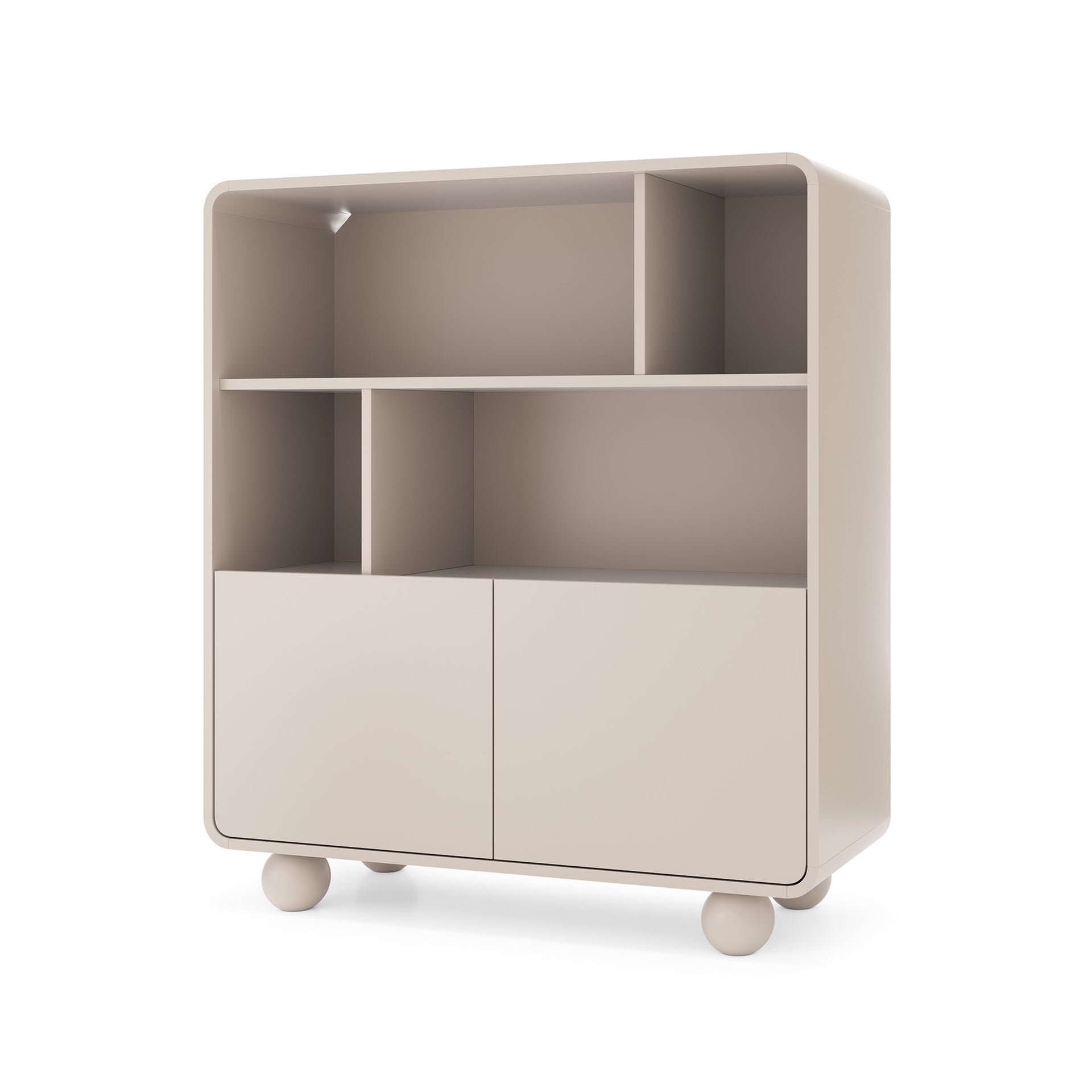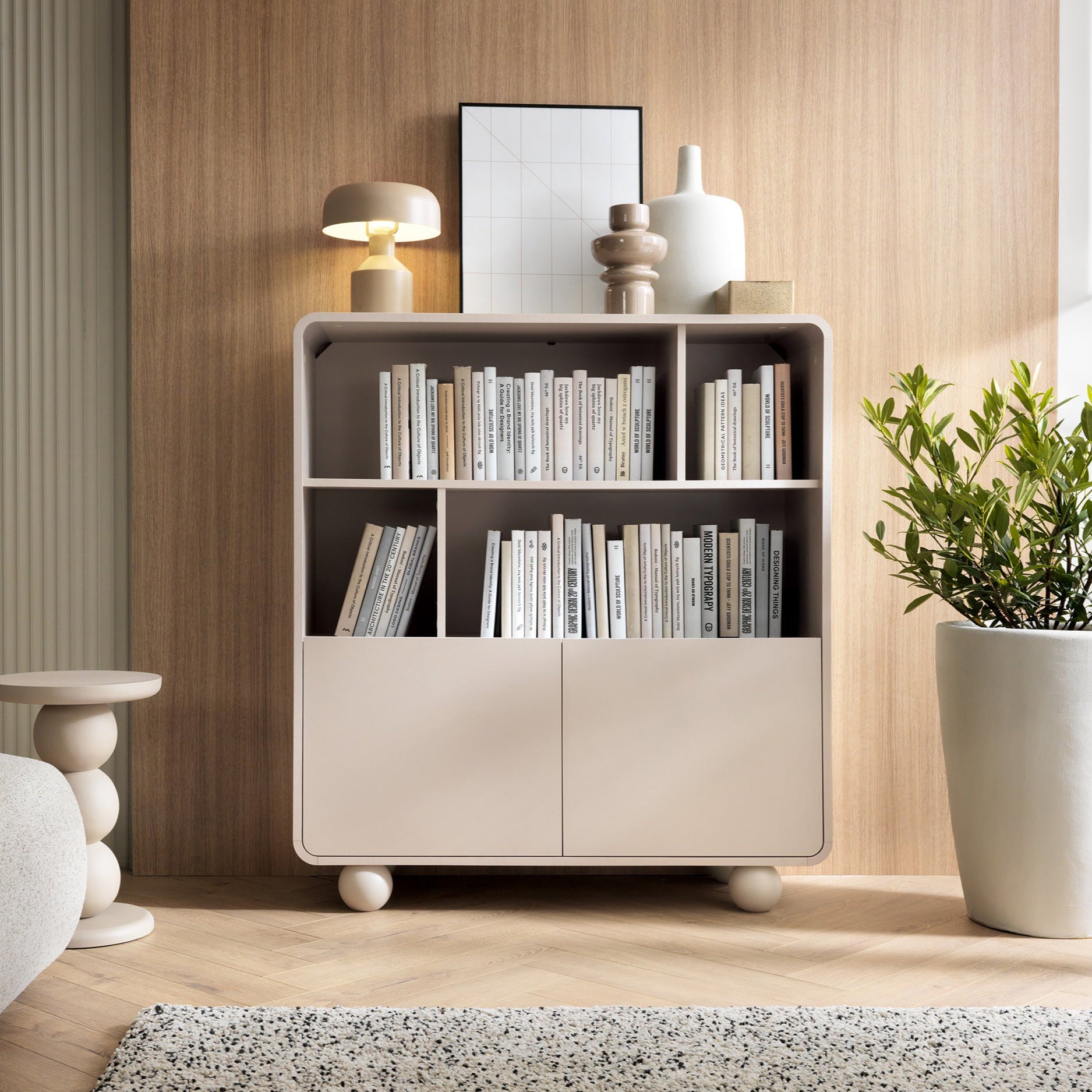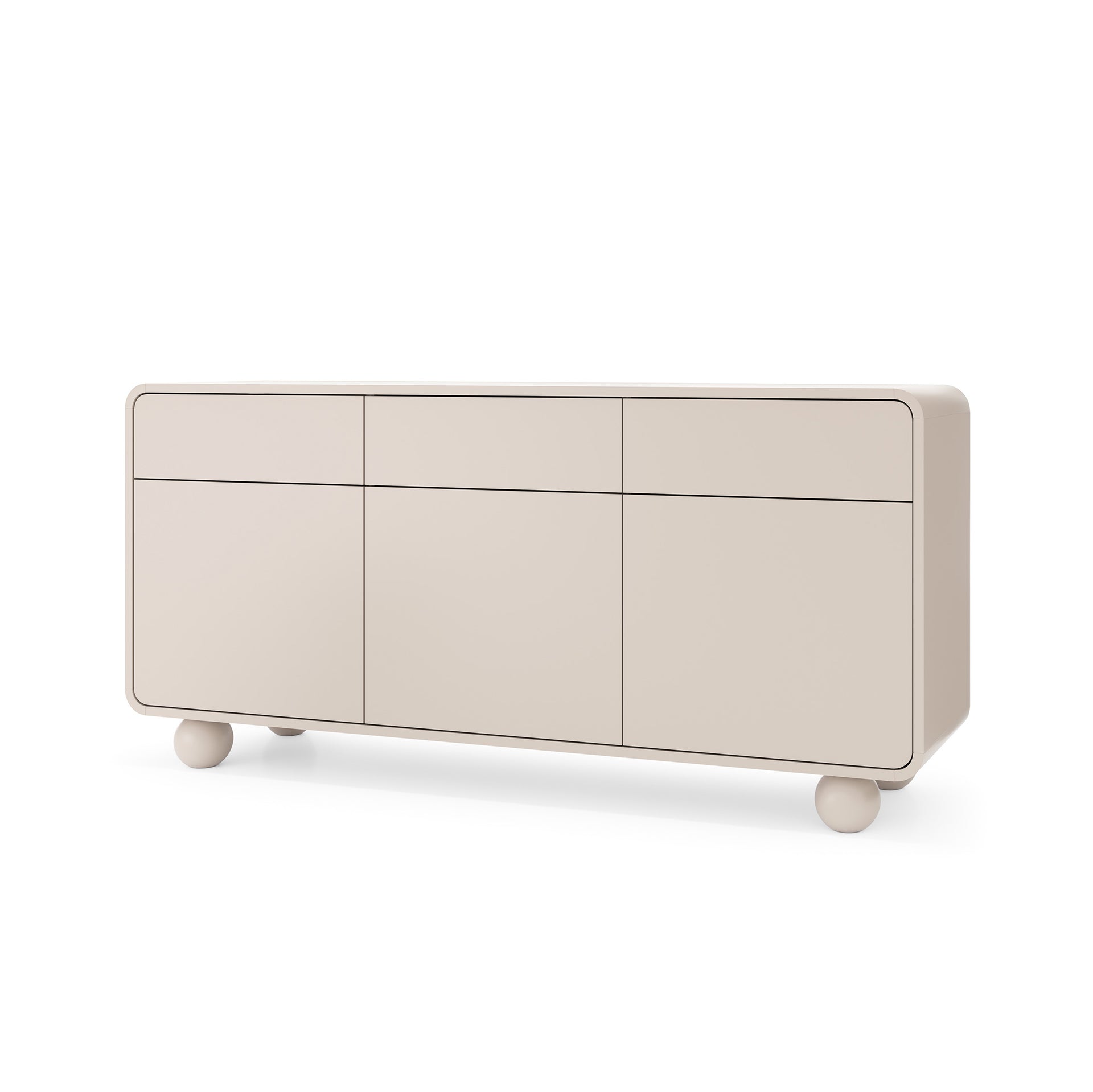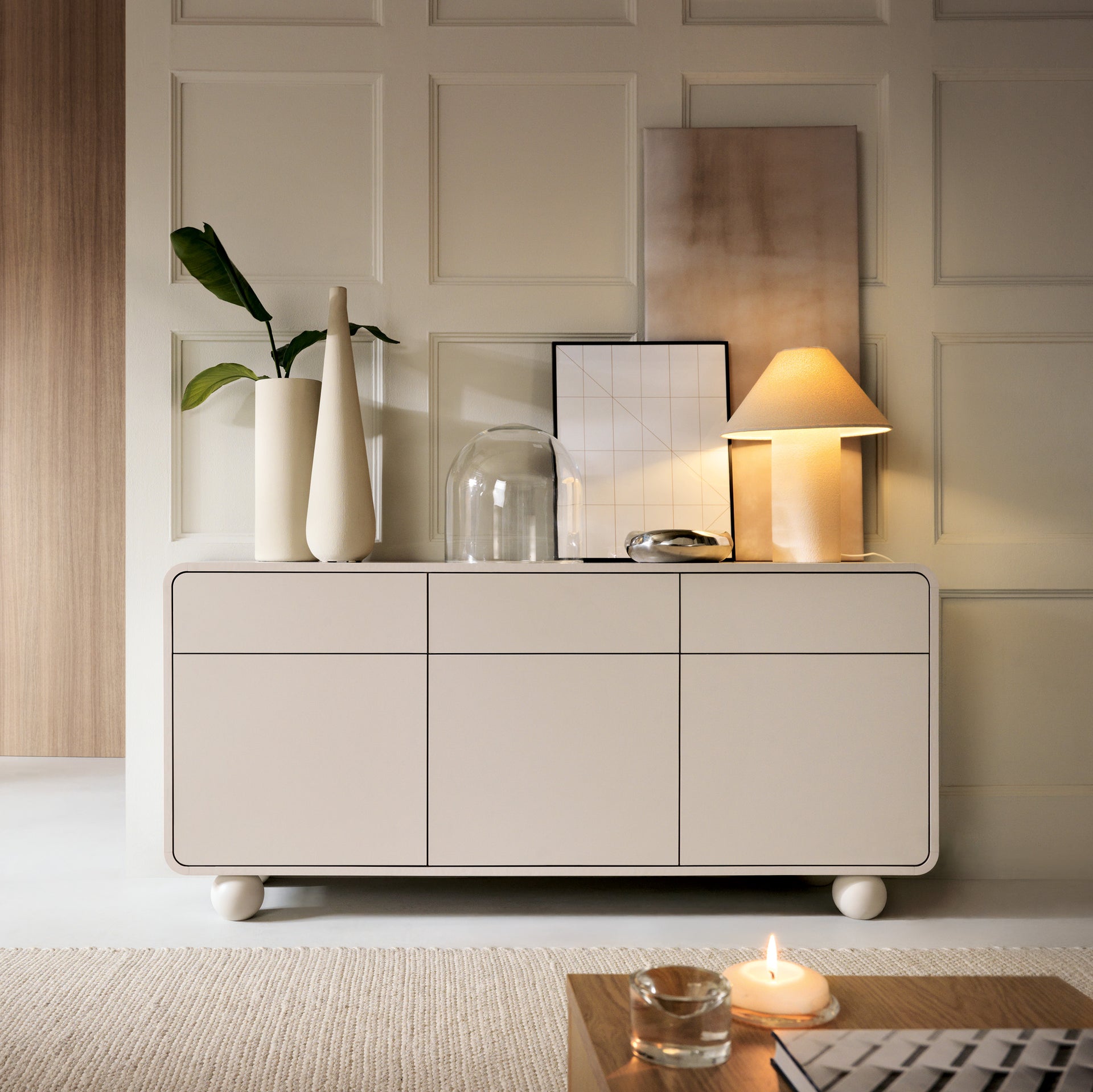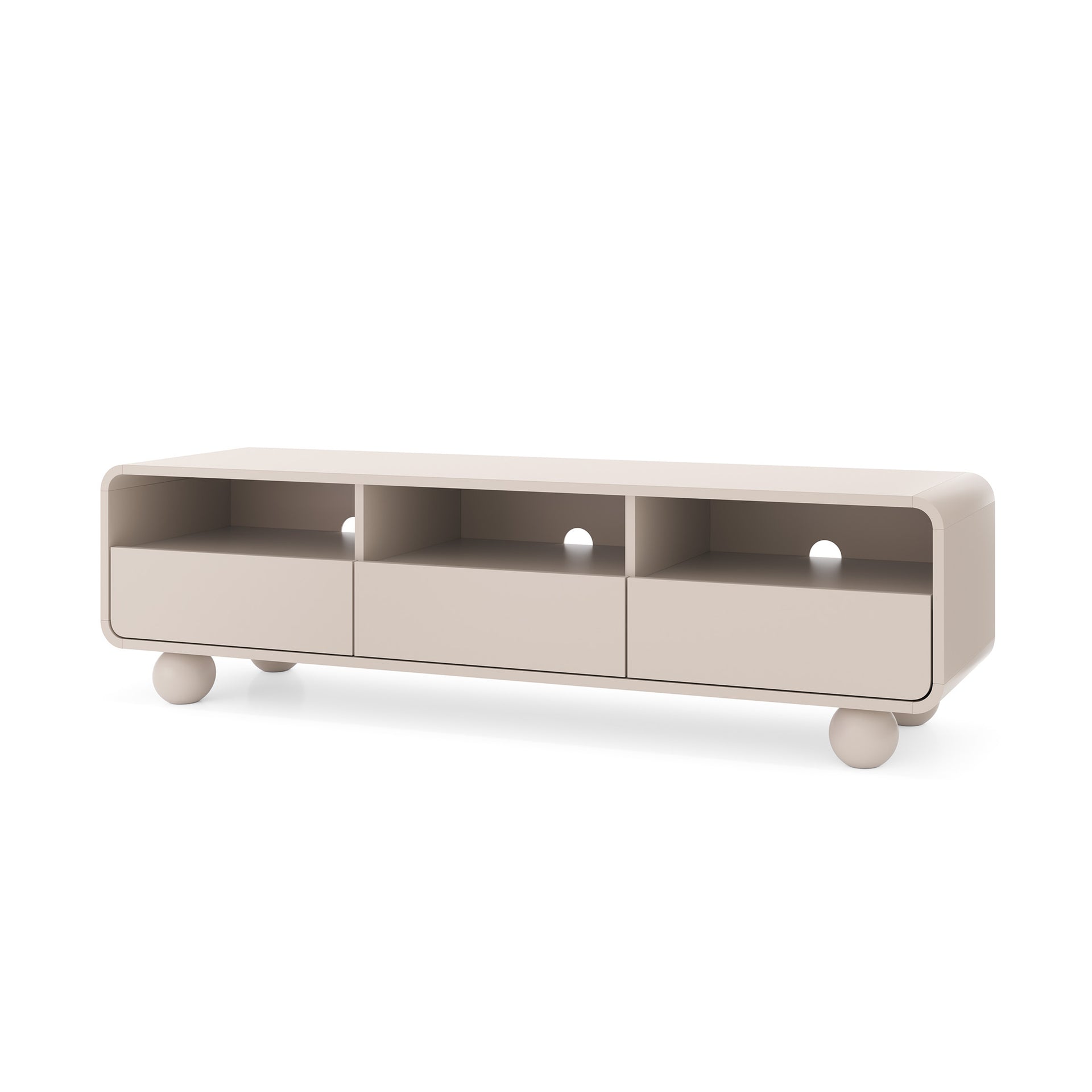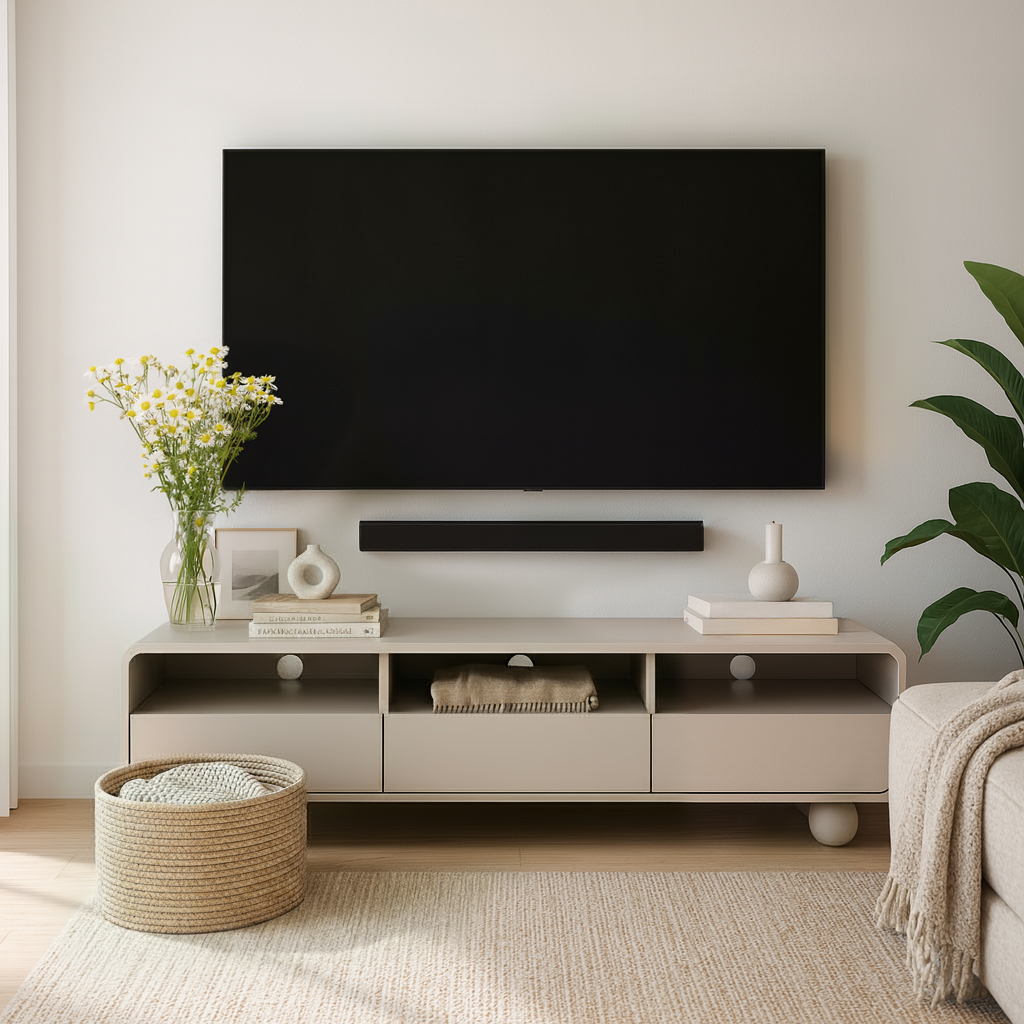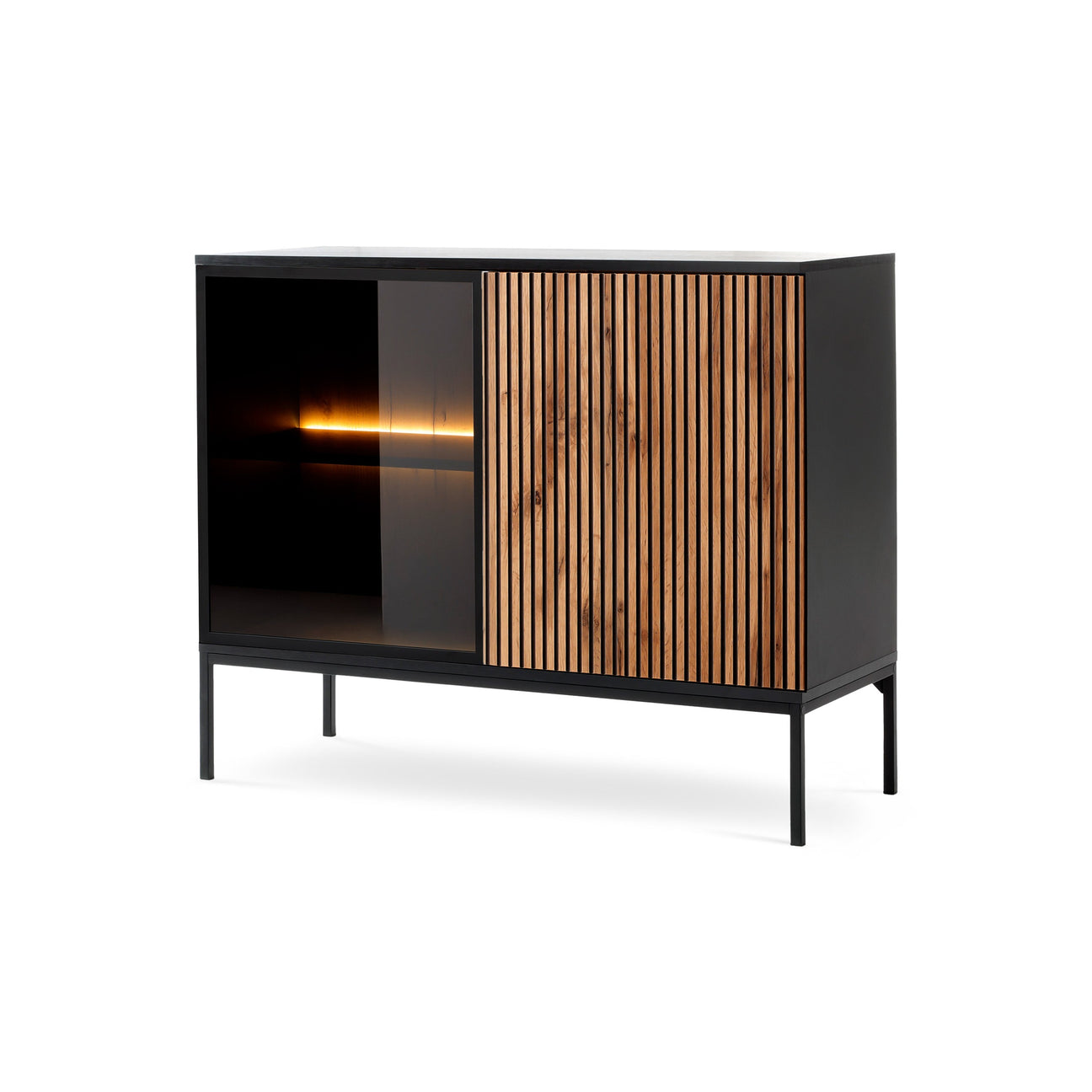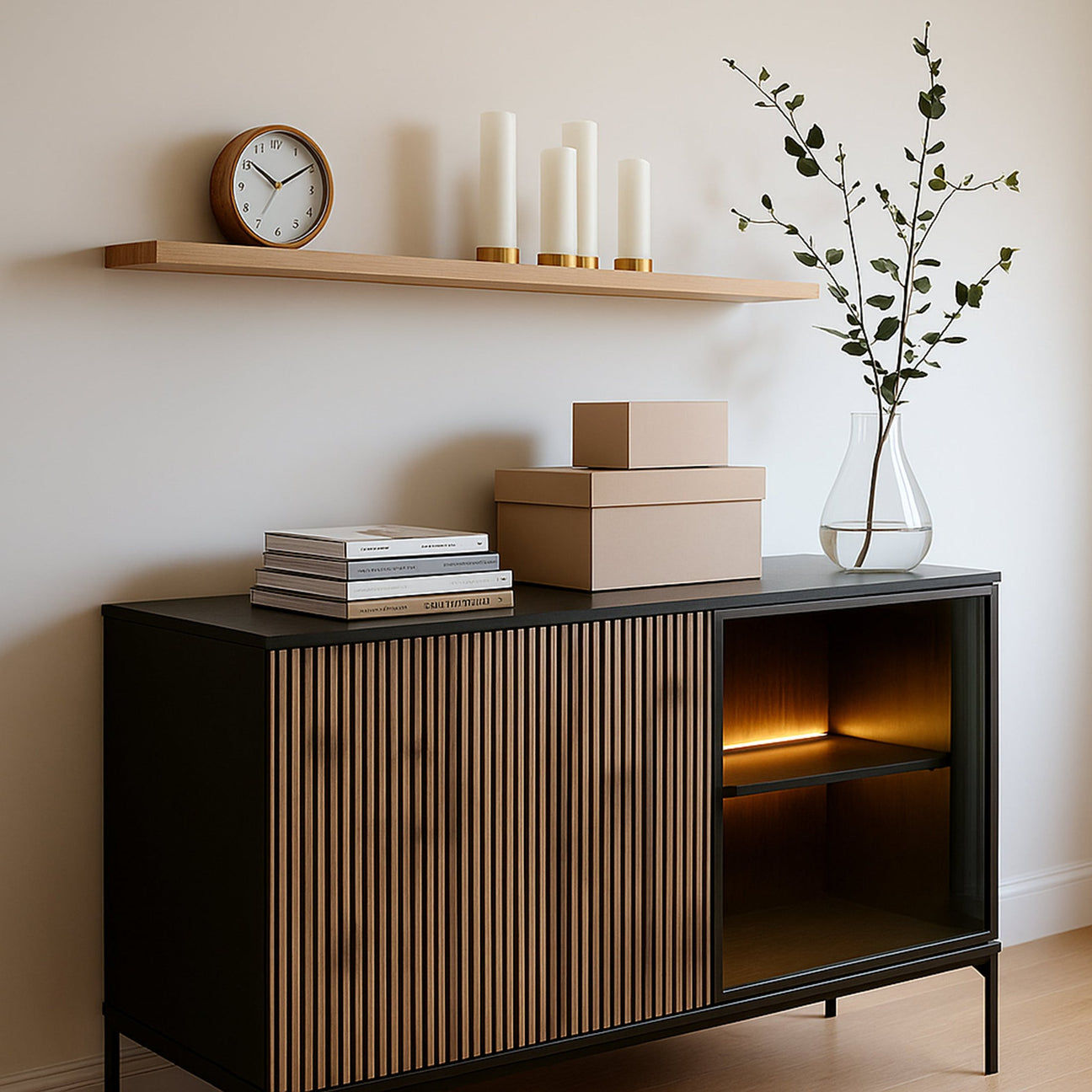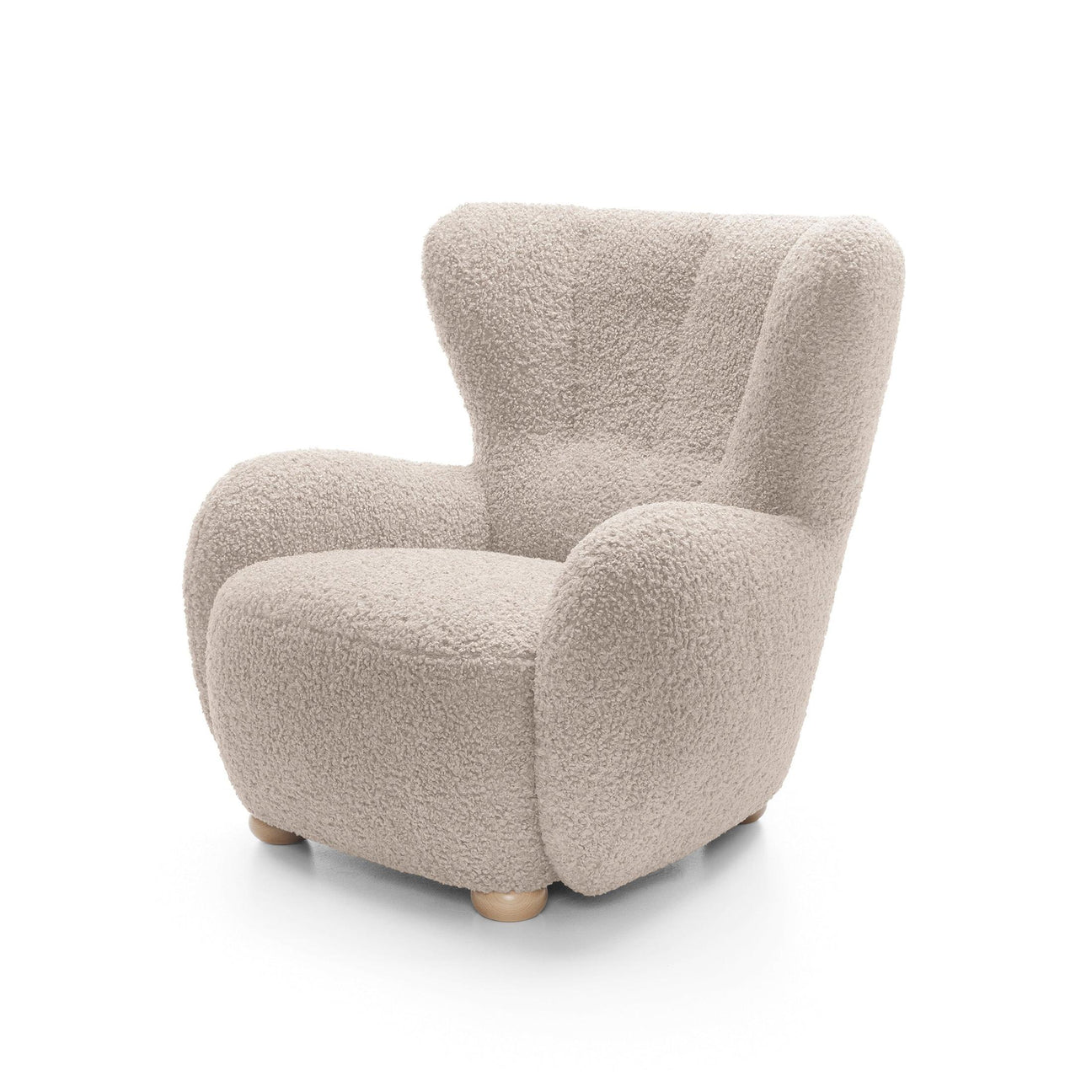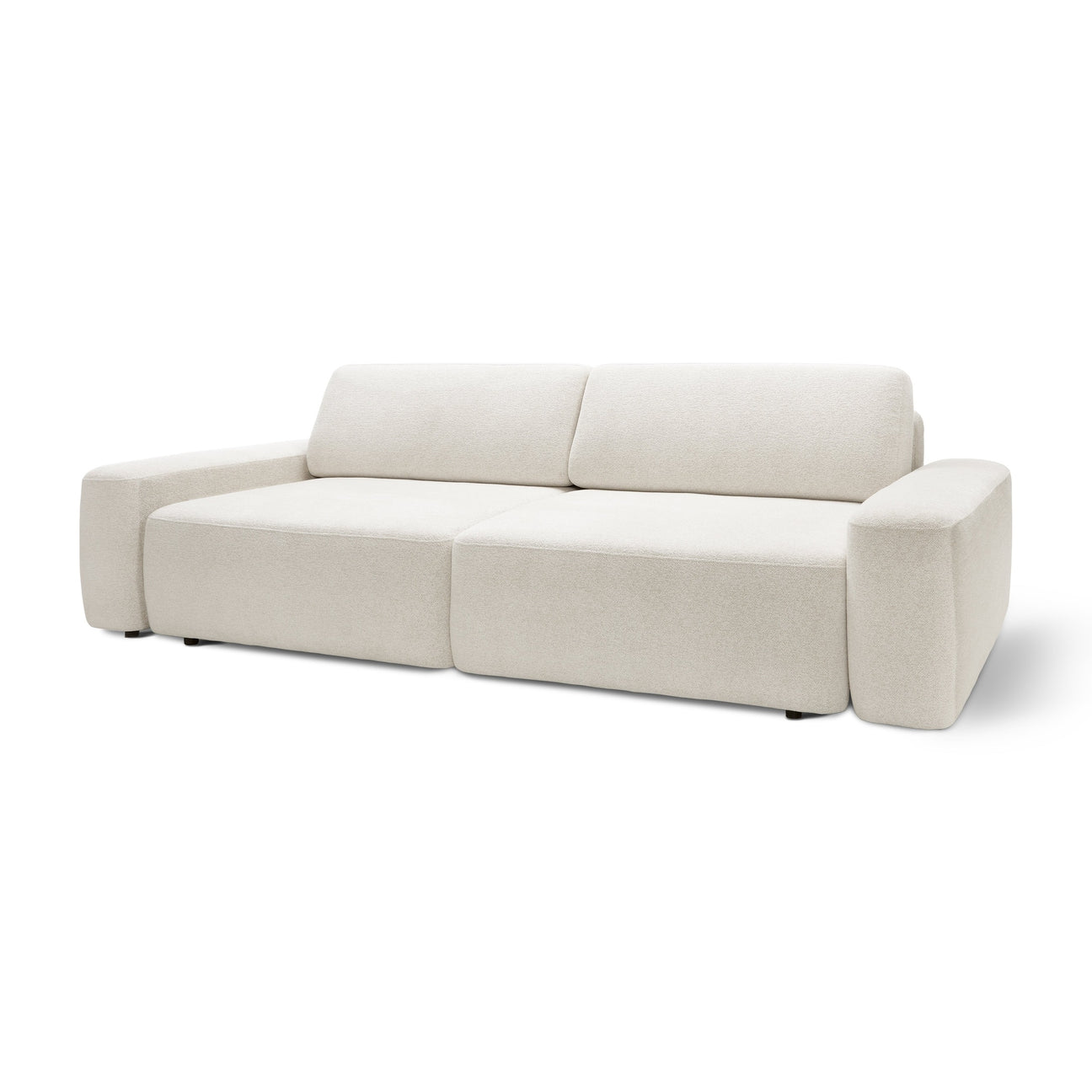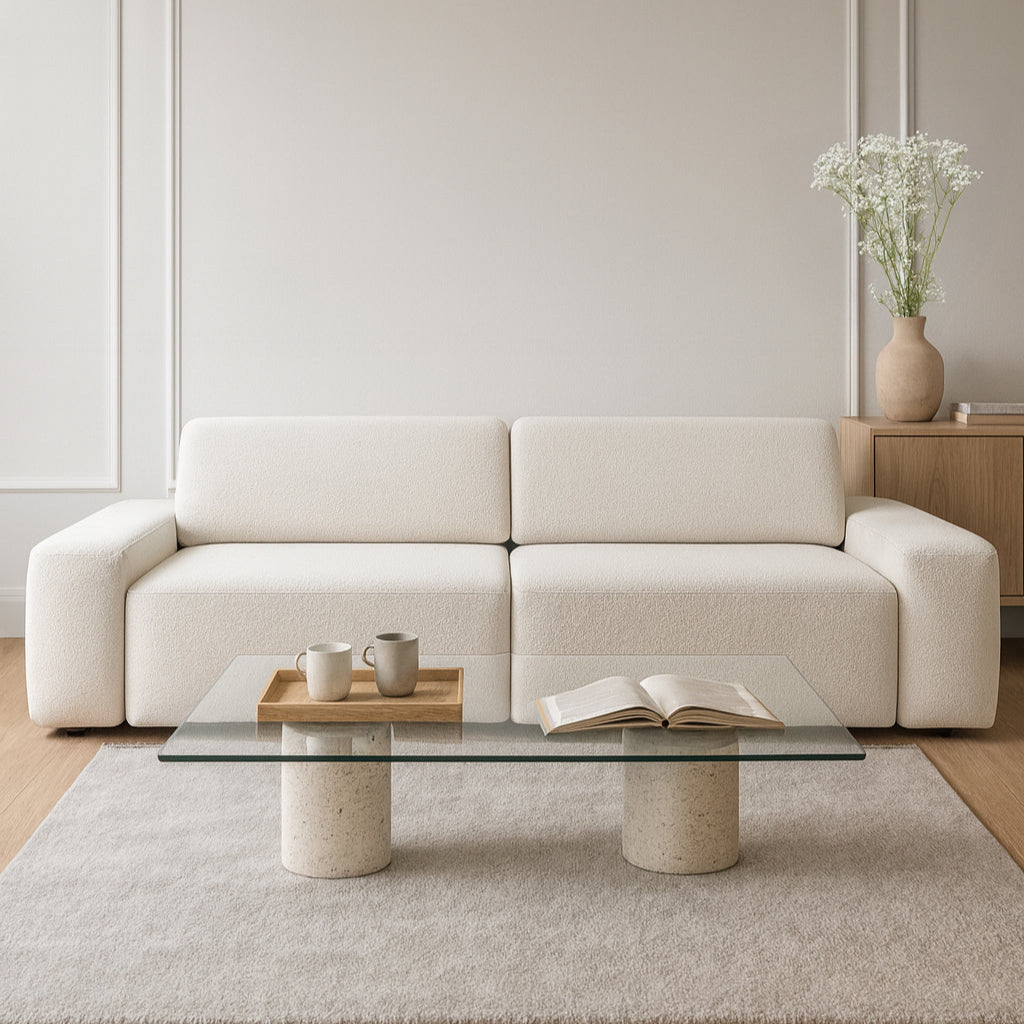Remember those Saturday morning "revolutions" at home, when Mom would announce, "Something needs to change in the living room"? Dad would sigh, knowing he'd have to carry the sofa, and you'd watch with fascination as the same space could look completely different if the furniture were moved just a few dozen centimeters? These spontaneous transformations were magical – they showed us that home isn't just four walls, but a living space that can change with our needs and moods.
Today, when you have your own corner sofa and your own living room, that same need for change still lives within you. But did you know that most of us live in spaces much smaller than those of our childhood? In an era of 40-60 square meter apartments, the art of arranging a corner sofa is becoming a true art of living – how can you make a piece of furniture serve you, not dominate you, how can you maintain design freedom in a limited space?
Space psychology: why do we constantly want to change?
Our grandmothers rarely rearranged furniture—it fell into place and stayed there for decades. Our mothers began experimenting with arrangement, but always cautiously. We are the first generation to treat living spaces as flexible settings for life.
The need for change isn't a whim – it's a natural instinct to adapt to changing needs. In winter, we crave a cozy atmosphere with a corner sofa facing the TV and fireplace. In summer, we dream of freshness and openness with a corner sofa by the window. When guests arrive, we need a different layout than during everyday relaxation as a couple.
Personalization is yours, you create it yourself – and that includes how you design your space. Your need for frequent change isn't a flaw; it's a trait worth leveraging wisely.
Small apartment, big possibilities
In a 35-50 square meter apartment, every centimeter counts. A corner sofa, which would be just one element in a larger living room, becomes the dominant feature here – and this can be both a problem and a solution.
Rule one: a corner sofa against a wall isn't always the best idea. In a small living room, placing a corner sofa in the corner can visually shrink the space even further. Sometimes a better solution is to move it slightly deeper into the room, creating an additional area behind it – for a desk, a shelf, or simply a visual "breathing area."
Rule number two: think modular. Choose corner sofas that can be disassembled into independent units. Today you have a full corner sofa, tomorrow you can divide it into a sofa and a separate module, and next week you can combine it differently. It's like LEGO bricks for adults – endless possibilities in a limited space.
Rule three: center or wall? In very small living rooms, a corner in the center of the room can create a cozy island, but at the expense of space for movement. In larger rooms, on the contrary, it can be the focal point around which the rest of the arrangement is organized.

Pop Culture Inspirations: From "Friends" to the Present
Pop culture has given us unforgettable lessons in arranging small spaces. "Friends," with their iconic Monica and Rachel apartment, demonstrated how a small space can be functionally arranged – their corner was arranged to create a social hub, yet not block the flow between the kitchen and the rest of the apartment.
"How I Met Your Mother," in turn, showed different configurations of the same apartment over the years—sometimes the corner was turned toward the TV, other times it created a more inclusive setup for conversation. It's a perfect example of how the same space can serve different needs.
Contemporary series such as "Emily in Paris" or "Sex and the City" (in the new version) already show a modern approach to small apartments – modular furniture, flexible solutions, spaces that can be quickly transformed.
Different layouts for different living needs
Perhaps you're an introvert who needs a cozy nook for reading and watching movies? Place a sectional sofa in the corner, wrap it in some textiles, and place a reading lamp nearby. Your corner will become a cozy cave where you can retreat from the world.
Or perhaps you're a social butterfly who loves entertaining guests? Arrange the corner so it creates an open configuration—perhaps U-shaped, perhaps facing the entrance. People should feel like they can join in the conversation, not feel left out.
Perhaps you're part of the work-from-home generation , who sometimes needs their living room to be an office? Choose a corner sofa that can accommodate a desk, or one where one of the modules can serve as a workspace. Flexibility is key.
Perhaps you have children and need your living room to be safe and functional? A corner sofa set against the wall will give them more space to play, and its soft edges will be safer than the sharp angles of individual pieces of furniture.

Practical tricks for small spaces
Mirror rule: If your living room has a mirror on the wall, try positioning the corner so that it reflects your reflection. This will visually double the space and create the illusion of a larger room.
Flow rule: Leave at least 60-70 cm of space around the corner for easy movement. In small apartments, this can be difficult, but every extra centimeter counts.
Multifunctionality: Choose corner sofas with storage, extendable sofas, and additional functionality. In a small space, each piece of furniture should perform multiple functions.
Colors and light: Light colors in a corner sofa will visually enlarge the space, while dark colors will create a cozy atmosphere but can also diminish it. It's a decision between functionality and ambiance.

Seasonal Changes: How to Refresh Without Getting Tired
One of the best things about owning a corner sofa is the ability to change it up seasonally without major expense. Eco-friendliness in furniture renovation tips – instead of replacing the entire piece, you can change its fabrics, pillows, and blankets.
In spring , move the corner closer to the window, add light-colored pillows, and fresh plants. In summer , create a lighter arrangement, remove some textiles, and add cooling colors. In autumn, move it to a cozier spot, adding warm blankets and lamps. In winter, create the coziest possible arrangement with additional pillows and warm textiles.
These changes aren't just a matter of aesthetics – they're a way to keep a small space fresh and tidy, which could quickly become monotonous.
Technology supports flexibility
Modern corner sofas may have wheels for easy movement, mechanisms that allow for quick configuration changes, and even apps that help you visualize different layouts in your specific room.
Modularity is the keyword of 2025. Corner sofas that can be easily disassembled, reconnected, and adapted to changing needs. This is the answer to our increasingly dynamic and unpredictable lives.

Mistakes worth avoiding
Mistake number one: Adjusting the corner sofa solely to the TV. You can move the TV or mount it on a movable mount, but the corner sofa will dictate the entire energy of the room.
Mistake number two: Ignoring natural light. Ideally, at least part of the corner should have access to natural light – it improves the mood and makes the space feel more inviting .
Mistake number three: Thinking only about aesthetics. A corner sofa must be functional – check if you can get up comfortably from it, if it has the right seat height, and if it doesn't block important passageways.
A place that grows with you
Loving the warmth of home also means understanding that a home is a living organism that evolves with us. The corner sofa you buy today can serve you for years in various configurations, in different spaces, and for different needs.
Today, it might be sitting in a small studio apartment, serving as a sofa , bed, and social hub all in one. In a few years, it might be in a larger apartment, surrounded by other furniture, serving a different purpose. In a decade, it might be in a house with a garden, a witness to family gatherings, children's first steps, and teenage conversations about life.
How to arrange a corner sofa in your living room? The answer is: arrange it so it tells a story about how you want to live. If you enjoy change, choose modular solutions. If you live in a small space, think creatively about every inch. If you're planning for the future, invest in quality that will allow you years of experimentation with your design.


